Which Sidemount BCD To Choose For Your Diving Needs?
I routinely see divers on social media asking for advice and recommendations about which sidemount BCD to buy.
Question: So my back has been telling me recently that it may be time to switch to sidemount. So I want to ask what is so great about XDeep over say the Razor 4, Dive Rite Nomad and Halcyon systems? They look so much alike.
To understand the fundamental differences between sidemount rigs, you first have to understand how and why sidemount design evolved in Florida and Mexico. Both regions developed sidemount as a solution for cave diving but had differing dive practices, traditions and demands.
4 criteria to determine which sidemount BCD is best for you
- Cylinder type used: steel or aluminium
- Water environment: tropical, temperate or cold
- Wing buoyancy capacity needed
- Wing redundancy needed
If you are based in a warm-water location or only dive on vacation, then a Mexican-style sidemount BCD will probably best suit your needs. If you dive in temperate or cold waters and use steel cylinders to offset the buoyancy of thick exposure protection, then Florida-style BCDs will be a good match.
You should know approximately how much wing buoyancy you will need. There are sidemount BCDs ideal for supporting two AL80s for tropical vacation diving. Others can support four or more steel cylinders for cold water technical diving.
Some divers still use redundant buoyancy wings to mitigate against BCD failure; whilst others apply the Balanced Rig Principle, or train themselves to do emergency ascents using lift bags.
Which sidemount BCD features do you need?
- Recreational or technical capacity wing
- Single or redundant bladder wing
- Shoulder-mounted dump valve for CCR use
- Buttplate with rails for steel cylinder use
- Adjustable or Hogarthian-style harness
- Soft backplate or adjustable webbing harness
There are a plethora of different features offered on modern sidemount BCDs. Most cater for specialized uses. If you are a less experienced sidemount diver and don’t know whether you need a particular function, then you probably won’t.
To get an idea of which sidemount BCD functionality may have benefit, do read my very detailed review of the Hollis Katana 2 and XDeep Stealth Tec.
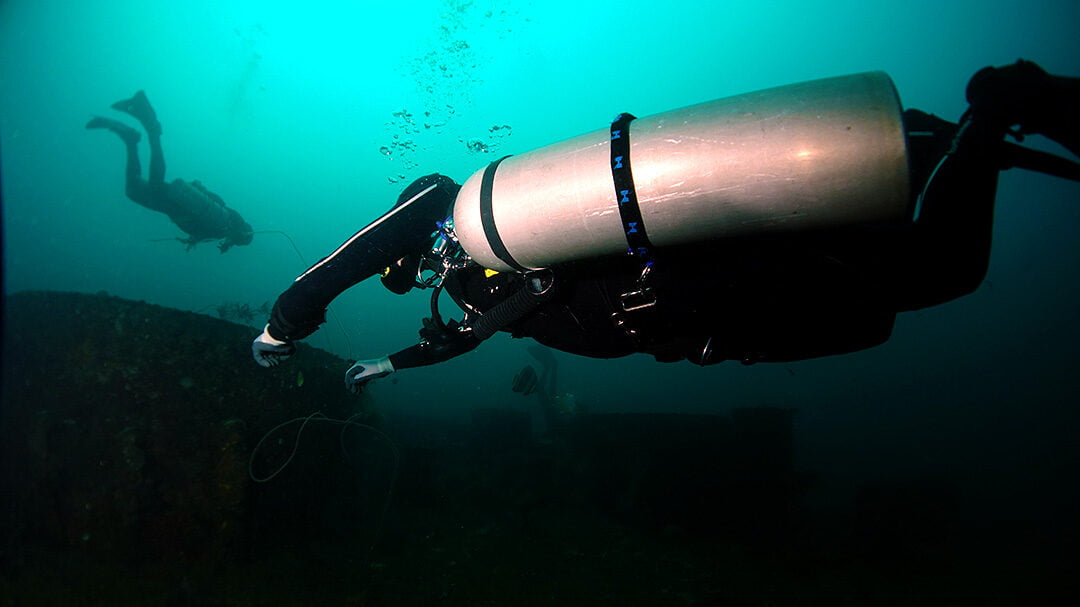
Which sidemount BCD: cylinder type
Florida-style rigs evolved where high-capacity steel cylinders were the norm. Positive cylinder buoyancy and variable cylinder trim dynamics weren’t issues that needed to be addressed – as they are with aluminium cylinders. For that reason, sidemount rigs in Florida evolved from the modification of pre-existing backmount BCDs and doughnut/horseshoe-style wings. Often these were paired with soft backplate and harness systems, but some retained metal backplates (such as still seen in the ‘Toddy’ system nowadays). Wing buoyancy runs the length of the spine, as per a normal wing, backplates are fixed-length and diver trim is achieved by trim weighting (the same as in backmount diving).
In contrast, Mexican cave diving primarily used aluminium cylinders. These cylinders become positively buoyant as gas is depleted; that buoyancy shift, in turn, impacts both cylinder and overall diver trim.
Buy my ‘Sidemount: Principles For Success’ ebook now!
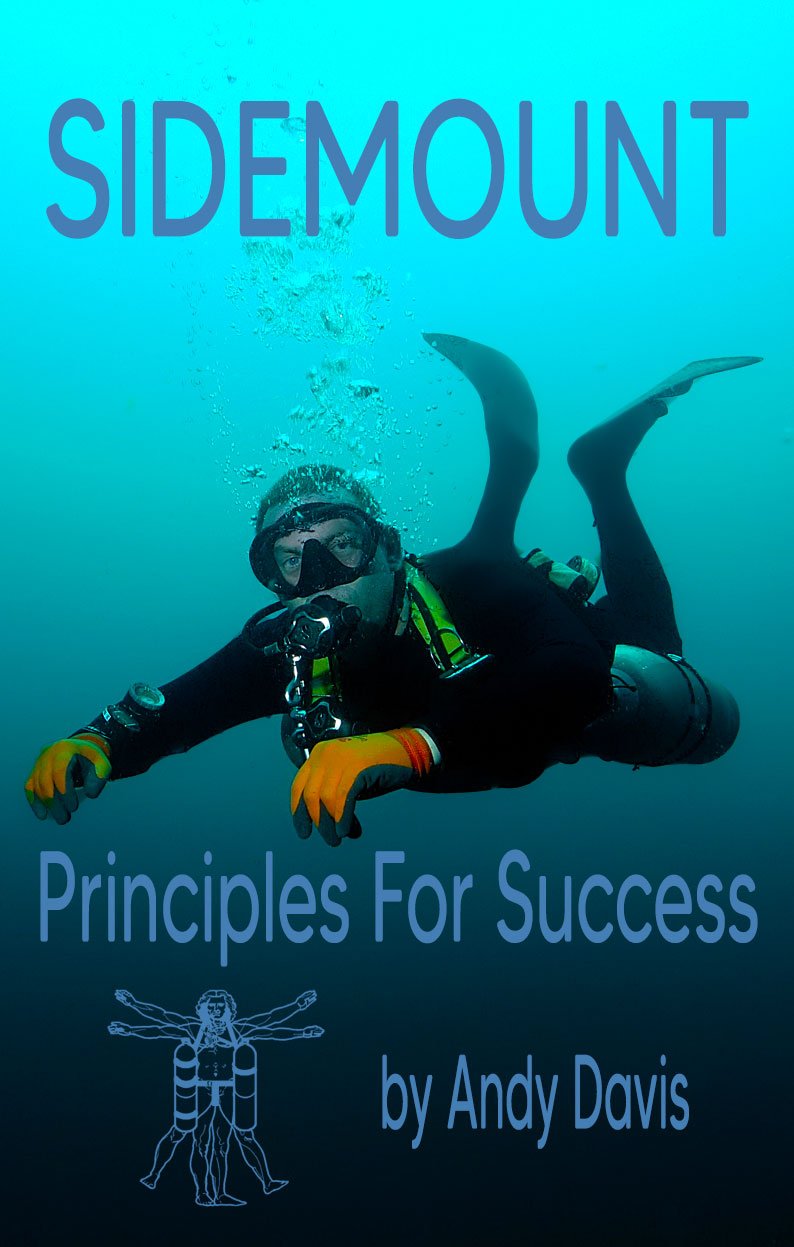
My comprehensive guide to sidemount configuration and development as a diver.
178 Pages. PDF format. Only $25
Fully Illustrated!
Chapters include:
- Sidemount history, design styles, and cylinder principles
- Harness and bungee setup and sizing
- Configuring deco/stage cylinders
- Diagnosing cylinder trim problems
- Regulators and hardware
- Training and skillset development
To solve these trim issues, Mexican-cave sidemount design principles embraced a concept of retaining buoyancy and weighting only at the lower spine. This, in turn, required a variable-length harness system. Single backplates were split into two components; lumbar and shoulder plates. These were linked by spine webbing. This solution created a dynamic relationship between cylinder buoyancy and the influence of lift from the wing and negative buoyancy from the weighting – all of which balanced appropriately on one side of the diver’s horizontal centre of gravity.
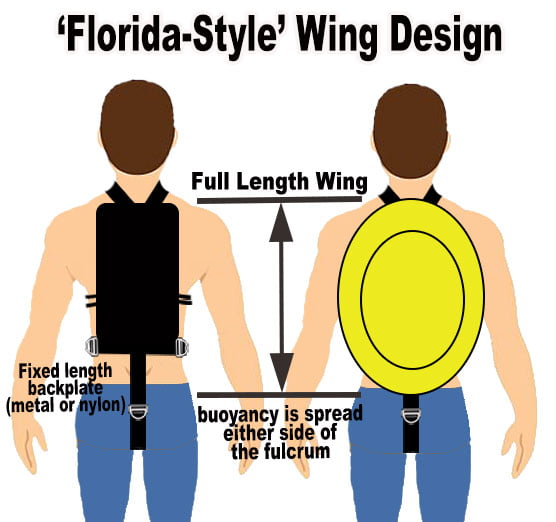
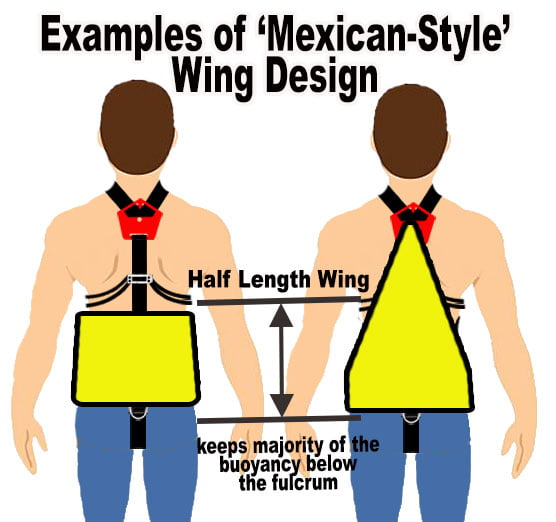
Read more about Florida and Mexican sidemount BCD design principles
Which sidemount BCD: DiveRite, Halcyon, XDeep or Razor
The Nomad and Halcyon are typical ‘Florida-style’ rigs. They deal well with the dynamics of higher-capacity steel cylinders but do not have the design nuance to deal particularly well with aluminium cylinders.
Likewise, the Razor is a ‘Mexico-style’ rig. It deals optimally with aluminium cylinders but isn’t nearly as objectively optimal when having to deal with significantly negative steel cylinders. It’s also very well adapted specifically for very confined overhead environment diving – but is less optimal for open ocean diving, particularly with respect to surface flotation (and in inclement water/weather conditions).
The XDeep is ostensibly a Mexican-style rig but was developed by cold-water divers who also frequently used steel primaries. That led to some very clever designs; which made the rig also very capable of open ocean and steel primary diving (and CCR diving). It was the first sidemount design evolution to cross the previously impermeable divide between cold-water/steel tank and warm-water/aluminium tank diving.
Which you choose should be dictated by understanding those design principles and how they might best conform to the diving you’ll undertake. The XDeep is flexible, which is why it became enormously popular. That said, there are circumstances where functional specificity can outweigh flexibility – especially at more advanced levels of diving.
Best sidemount BCD for tropical and warm waters
Suitable for technical diving
Suitable for recreational diving only
As described, if you will be primarily diving in warm water regions where aluminium cylinders are ubiquitous, then opt for a Mexican-style sidemount BCD.
Best sidemount BCDs for temperate and cold waters
- DiveRite Nomad XT
- Hollis SMS75
- Halcyon Contour
- DiveRite Nomad LS
- Tecline Side Avenger
- DiveSystem Manta Twin
If you will mostly be diving in cold and temperate waters where steel cylinders are commonly used to offset the buoyancy of bulkier exposure suits, then opt for a Florida-style sidemount BCD. All of the BCDs listed are suitable for technical diving (depending on the cylinders carried).
Best all-around sidemount BCDs for use anywhere
Suitable for technical diving
Suitable for recreational diving
There are only two sidemount BCDs on the market that combine the flexibility of Mexican-style design with a capacity for diving heavier steel cylinders.
Which sidemount BCD do you own? What were the factors that helped you decide to buy it? Does it fulfil your diving needs? Share your experiences in the comments below…
About The Author

Andy Davis is a RAID, PADI TecRec, ANDI, BSAC, and SSI-qualified independent technical diving instructor who specializes in teaching sidemount, trimix, and advanced wreck diving courses.
Currently residing in Subic Bay, Philippines; he has amassed more than 10,000 open-circuit and CCR dives over three decades of challenging diving across the globe.
Andy has published numerous diving magazine articles and designed advanced certification courses for several dive training agencies, He regularly tests and reviews new dive gear for scuba equipment manufacturers. Andy is currently writing a series of advanced diving books and creating a range of tech diving clothing and accessories.
Prior to becoming a professional technical diving educator in 2006, Andy was a commissioned officer in the Royal Air Force and has served in Iraq, Afghanistan, Belize, and Cyprus.
In 2023, Andy was named in the “Who’s Who of Sidemount” list by GUE InDepth Magazine.
Purchase my exclusive diving ebooks!
Originally posted 2023-01-12 00:26:58.







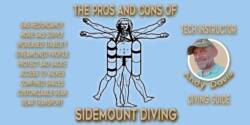
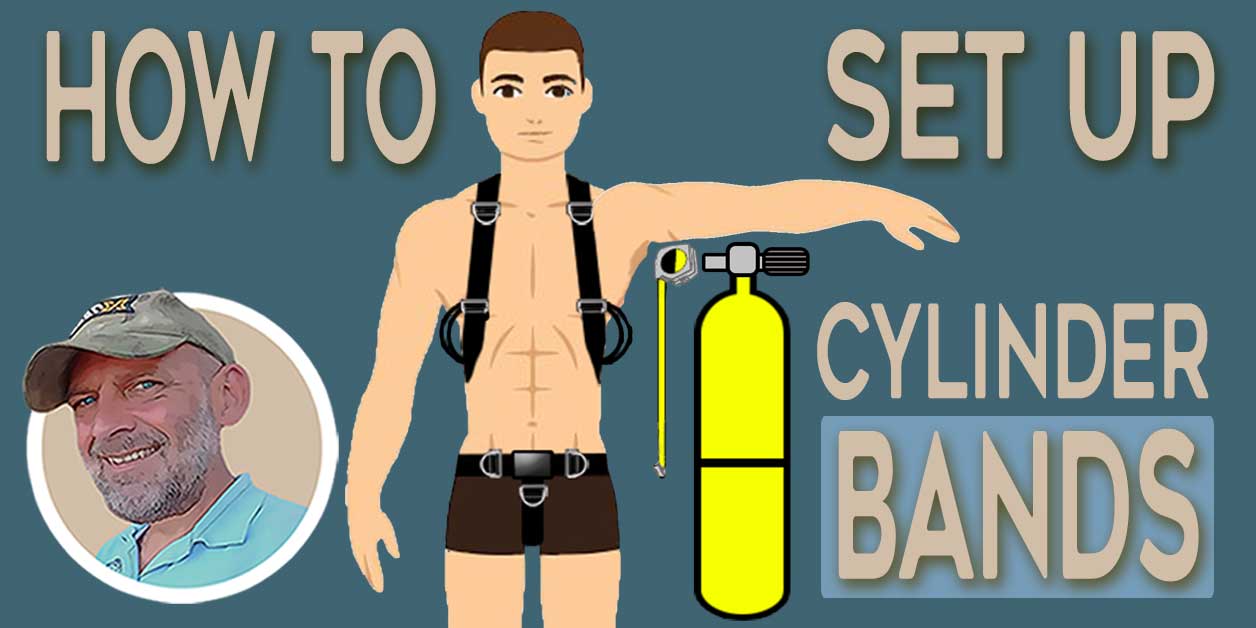
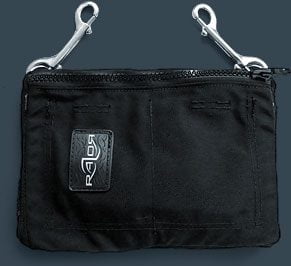
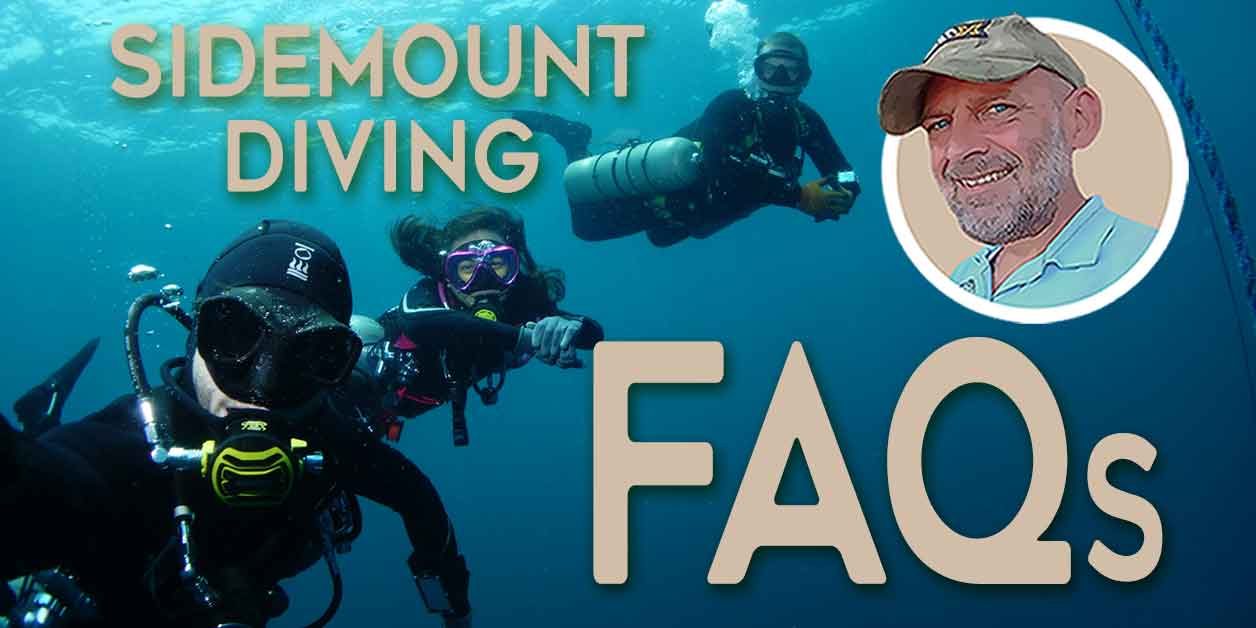


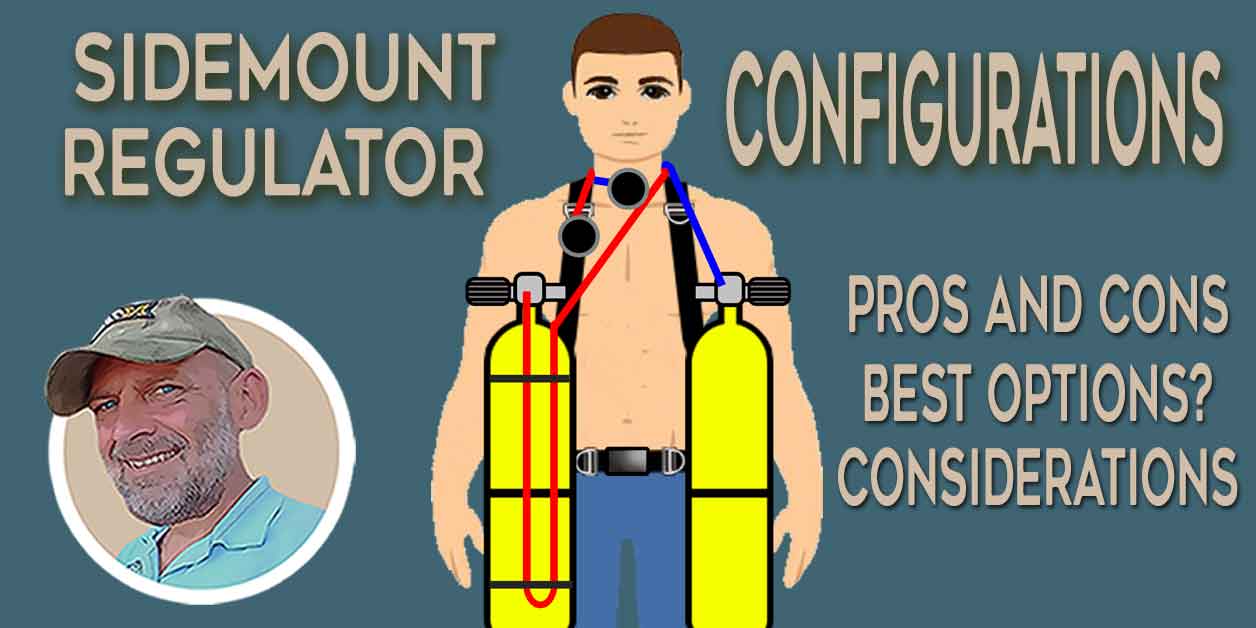
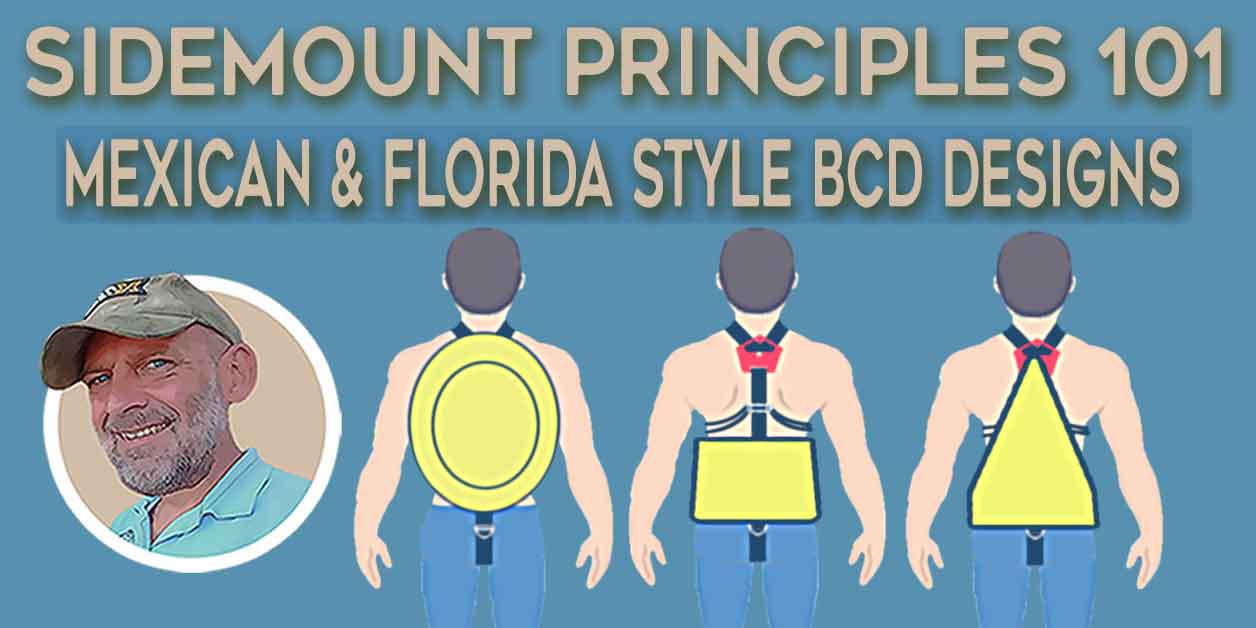
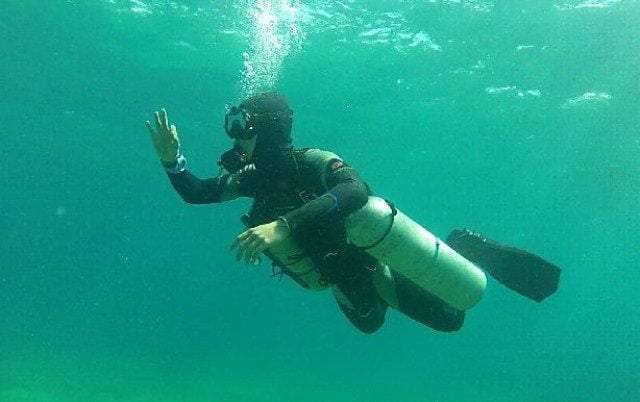
Thanks for this article, Andy. I plan to purchase one of these this year.